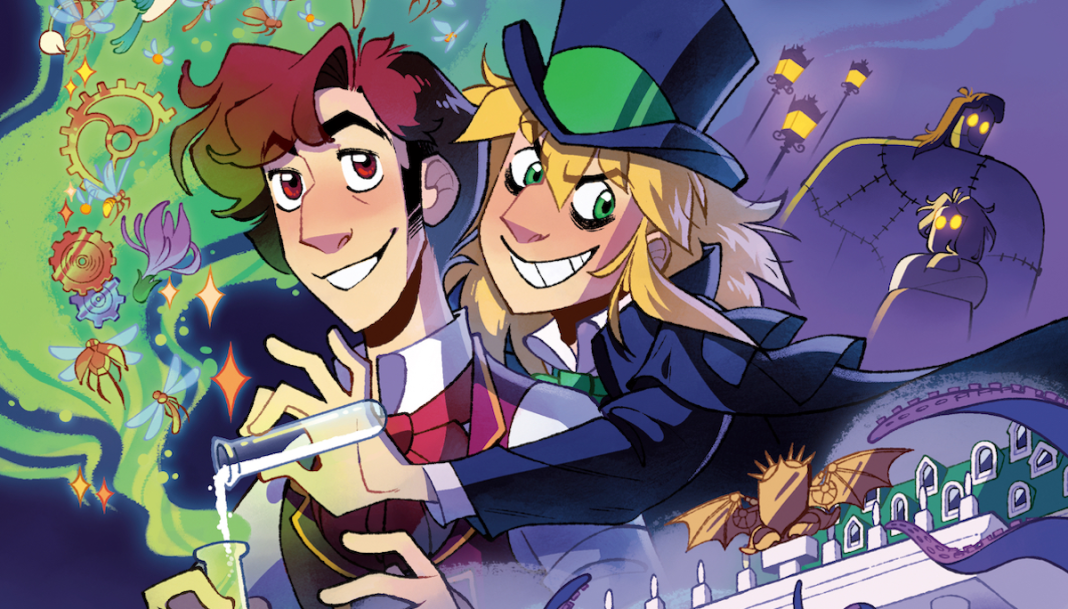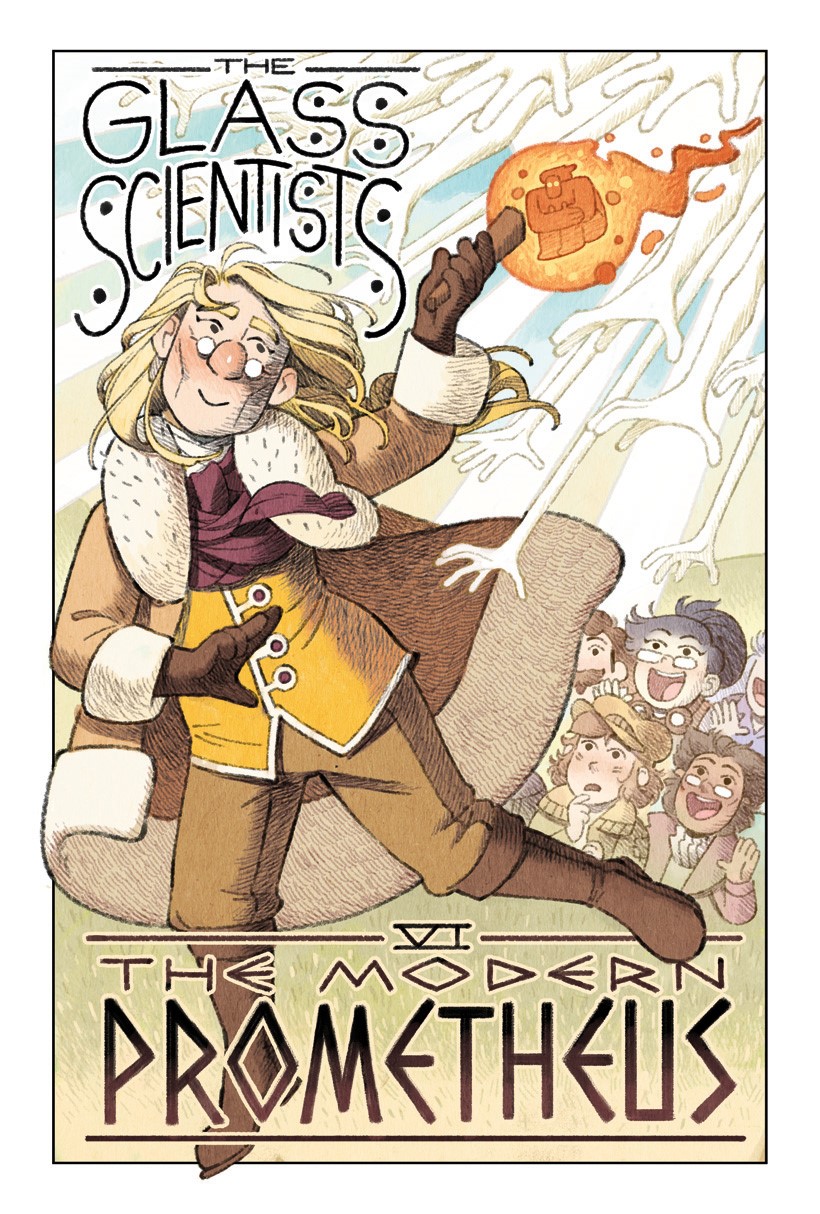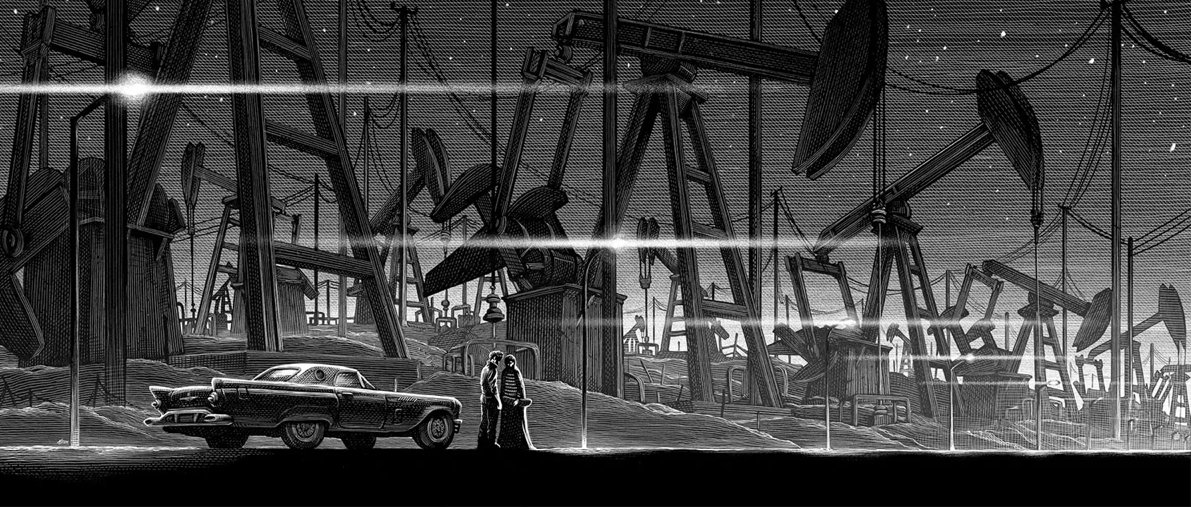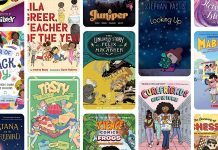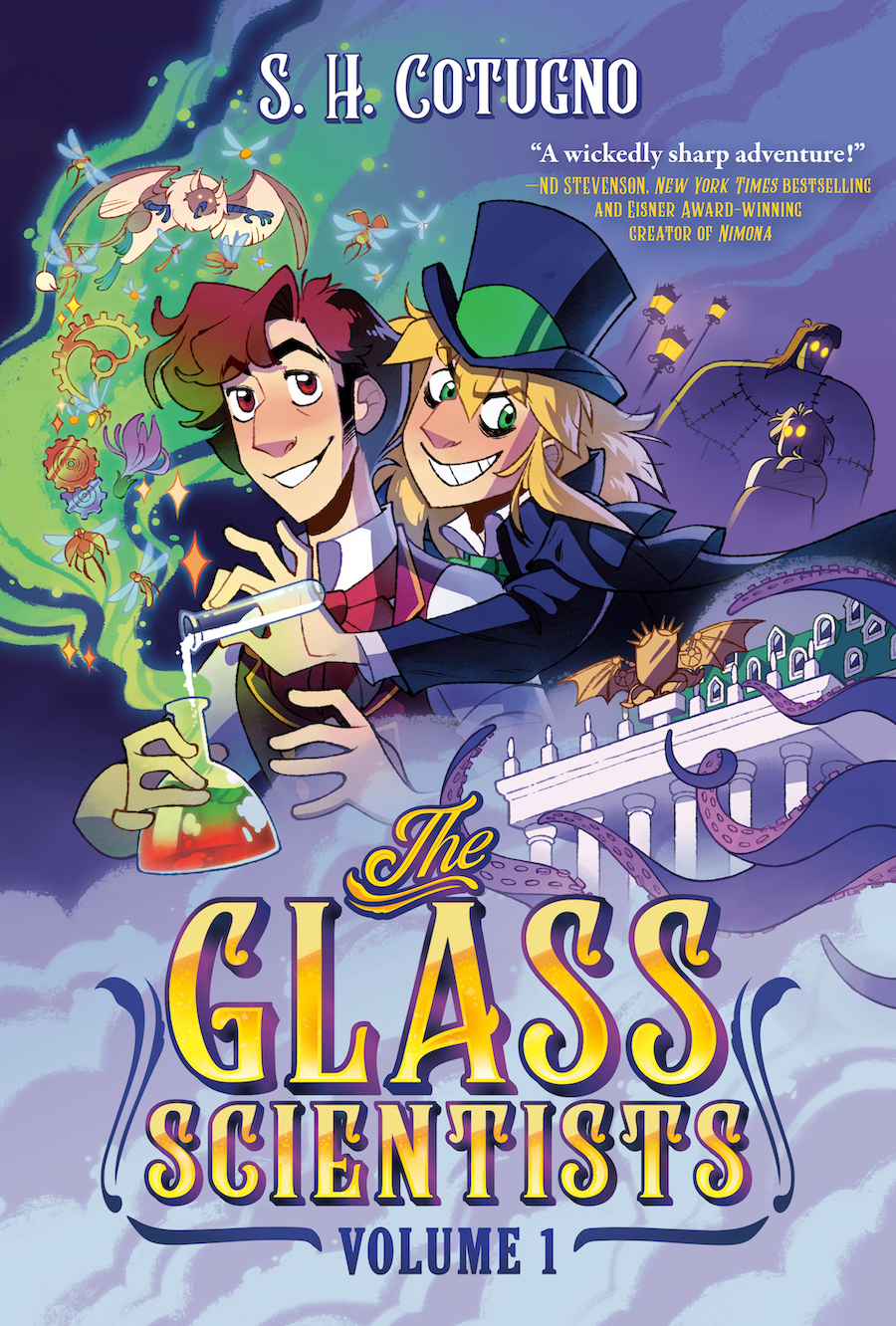
The Beat caught up with Cotugno over email. We asked all about the origins of The Glass Scientists, about whether or not their experience in the field of animation affected their work on the graphic novel, and about the “old-timey British books” that served as inspiration. Plus, please be sure and let The Beat know if you’ve had a chance to check out The Glass Scientists in the comment section!
AVERY KAPLAN: What was the origin of The Glass Scientists?
S. H. COTUGNO: I’ve been obsessed with the story of Dr. Jekyll and Mr. Hyde since a friend sent me the soundtrack to the very Phantom of the Opera-esque musical when I was a teenager, and I got into stories like Frankenstein, The Time Machine, and The Invisible Man through their original novels a few years later. Mad scientists are a delight, full of big, messy emotions and questions about identity, belonging, and the nature of society on this operatic scale, but it can be hard for a new audience to access all those juicy feelings if their main reference point is the old Universal horror movies or, say, a cheap costume at Spirit Halloween. They can start to feel a little hokey, y’know? I wanted to breathe new life into these characters–and introduce a few of my own–so that new readers can fall in love with them the same way I did.
KAPLAN: Each of the chapters opens with a “cover image.” What inspired this idea? Do you have one that you consider a personal favorite?
COTUGNO: One of my favorite covers is Chapter Six, “The Modern Prometheus.” The title is a reference to the evocative subtitle of Frankenstein, conjuring the image of its titular scientist stealing the ability to create life from God the same way Prometheus stole fire from the gods. In the world of The Glass Scientists, Frankenstein is something of a mythological figure herself—she was the first mad scientist, inspiring a whole new generation to dive into the realm of forbidden knowledge—which makes the divine imagery particularly fitting for her. I also thought it would be fun to illustrate this cover in the style of D’Aulaires Book of Greek Myths, which was my introduction to Greek mythology as a child.
KAPLAN: Did designing any of the characters pose a particular challenge for you?
COTUGNO: Most of these characters have been hanging around in my head for so long that it almost feels like I didn’t design them at all, but occasionally one of the side characters will pose a new challenge for me. The nightmare creatures–who show up at the very end of Volume I but feature heavily in Volume II–were, well, a nightmare to figure out! I have a decent amount of experience drawing scary stuff from my work on Gravity Falls and The Owl House, but I had never attempted to design so many at once.
I ended up drawing inspiration from–among other things–the Disgusting Food Museum, which happened to be touring in Los Angeles the day I started drawing the big reveal of the nightmare creatures in Chapter Seven. I like to think of myself as a pretty adventurous eater, but a couple of the exhibits there really got to me–I can still vividly picture the video of a live fish getting its guts removed. I wouldn’t call The Glass Scientists a horror comic by any means, but some of its inspirations are pretty spooky!
KAPLAN: Your resume includes work in the animation industry. How did this experience inform The Glass Scientists (if it did)?
COTUGNO: During my time in animation, I’ve had the privilege of working alongside some incredibly talented visual storytellers. The biggest influence they’ve had on me is probably the way I handle character acting. Action-comedies like Gravity Falls may feature big adventures and supernatural creatures, but those larger-than-life elements are grounded by the show’s expressive, relatable characters. I wanted to capture that same mix of grounded and fantastical storytelling for The Glass Scientists.
I’d also like to specifically highlight Ian Worrel’s unbeatable art direction on Gravity for setting my standards extremely high when it comes to color and light. Those elements can easily become an afterthought in the comic-making process, but they make a huge difference in terms of visual impact and selling the emotion of a scene.
KAPLAN: Obviously, The Glass Scientists has multiple literary inspirations. I’m curious if there might be any “old-timey British books” that provided inspiration that readers might not immediately pick up on? Are there any in particular that you’d recommend fans of your work check out?
COTUGNO: Sure!! The first one I always like to point out is Carmilla, a.k.a. Sexy Lesbian Dracula. I hadn’t heard of it until a couple years ago, but it actually predates Dracula by several years and makes for a fun, steamy read, especially during spooky season. Carmilla makes an appearance in Volume Two of The Glass Scientists.
The second easter egg I want to call out is ”The Unparalleled Adventures of One Hans Phaall.” Did you know Edgar Allen Poe wrote a short story about a hot air balloon? Neither did I! A reader drew my attention to this short story when I was looking to name a balloonist character in Chapter Two. Hot air balloons are intrinsically funny, at least in my opinion. They’re little more than a novelty in the modern era, but when they were first invented, balloonists were basically celebrities! Celebrities who crashed into buildings and exploded all the time and didn’t know how to steer. I wish more celebrities did that, you know? Reject Tiktok and fancy house tours. Return to explosions.
KAPLAN: Were there any thematic threads that it was particularly important to you to include in The Glass Scientists?
COTUGNO: A lot of Jekyll and Hyde adaptations make Jekyll into this perfect, innocent angel of a man and Hyde into this over-the-top embodiment of evil, but if you look at the original novella, Jekyll is a complicated guy who doesn’t really fit in anywhere, which would have been particularly shameful for a man of the Victorian era, with their separate spheres and insistence on categorizing everything into little boxes.
I wanted to write a story that shines a spotlight on Jekyll’s ambiguous nature. In The Glass Scientists, Jekyll forms a community of mad scientists–essentially, a band of misfits performing their experiments and defying the laws of nature away from the judgmental gaze of polite society. But once he’s created that community, he finds that he doesn’t fit in–he’s a misfit among the misfits, perpetually floating between the “normal” world and the “mad scientist” world without fully belonging to either. As a mixed-race, bisexual, and non-binary person, I float between a lot of worlds myself, so those are the characters I tend to gravitate towards.
KAPLAN: Can you tell us about your creative routine?
COTUGNO: I try to be super regimented with my art schedule and as loose as possible with my writing schedule. No matter which way you slice it, it takes much longer to draw a comic than to write one, so it’s important that I stick to a very strict routine when drawing, inking, and coloring pages. But when it comes to writing, I want to give myself the most time possible to make each script as strong as it can be. I don’t want to be too locked into a schedule if a scene needs more time or has to go back to the drawing board.
Since I’m posting the comic online as I make it, I don’t have the luxury of going back and doing major rewrites on what I’ve already posted. That limitation can be pretty restrictive at times, but it’s also the same way that serialized television operates. Thanks to my experience in that arena, I’ve learned to make surgical rewrites that can address problems and (hopefully) improve the story without breaking everything that came before.
KAPLAN: At the conclusion of The Glass Scientists is an illustrated prose interlude. When did you realize you wanted to include this component, and can we expect any more prose from the world in the future?
COTUGNO: Before I decided to pursue animation in high school, my first big dream was to be a novelist, so when my editor asked me to create new material for the print edition of The Glass Scientists, I jumped at the chance to write a story in prose. I enjoyed trying out the unique tools that medium has to offer–you don’t have the immediacy of images, but it’s so much easier to convey a character’s interiority and way of looking at the world through words alone (a good fit for a story about Frankenstein’s Creature, a brooding, intellectual character who often keeps his thoughts to himself). It allows you to play fast and loose with time, connection, memory, all sorts of things. Plus, you don’t have to draw any crowds. I hate crowds. Anyway, I would love to explore the world of prose more in future projects.
KAPLAN: What’s next for The Glass Scientists? Can you give us any hints?
COTUGNO: Volume Two is going to be big and theatrical! The two major events hinted at in Volume One both take place in this volume: the Blackfog Bazaar, a.k.a. Comic-con for scientific contraband, and the Grand Exhibition for Arcane Sciences. Hyde is going to get everything he thinks he wants, Jekyll is going to reveal a tragic love story from his past, and Jasper, our resident werewolf, is finally going to take a bath.
KAPLAN: Is there anything else you’d like me to include?
COTUGNO: If you enjoyed The Glass Scientists: Volume One, you can join our lively community of readers and follow the story as it updates weekly at http://www.theglassscientists.com. I’m in the process of finishing up the pre-order campaign for Volume One, but next year, you can join the campaign for Volume Two and get extra Glass Scientists goodies!
You can also follow me @arythusa on Instagram, Twitter, Facebook or Tiktok!
The Glass Scientists: Volume One is available at your local bookstore and/or public library today.


